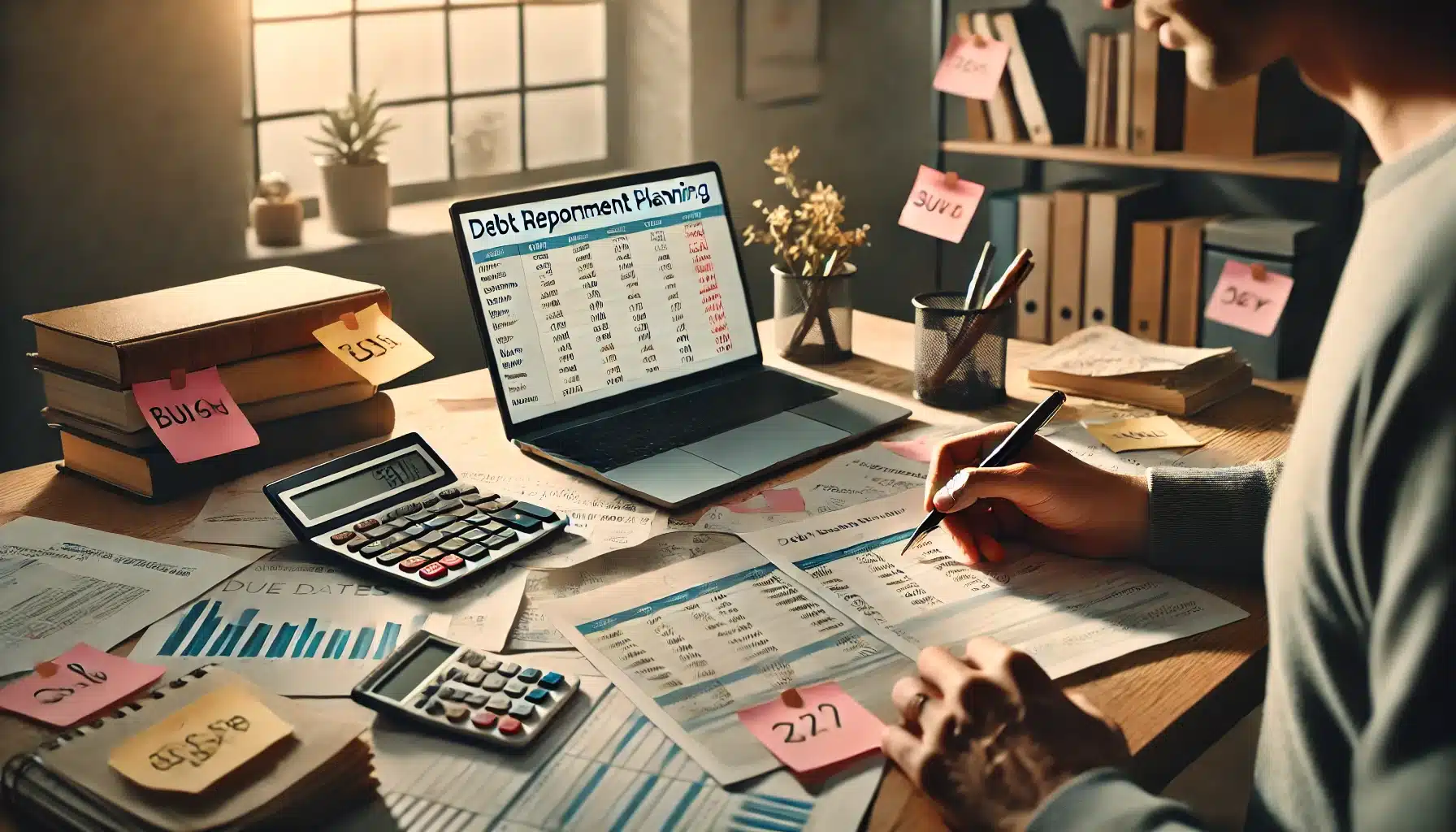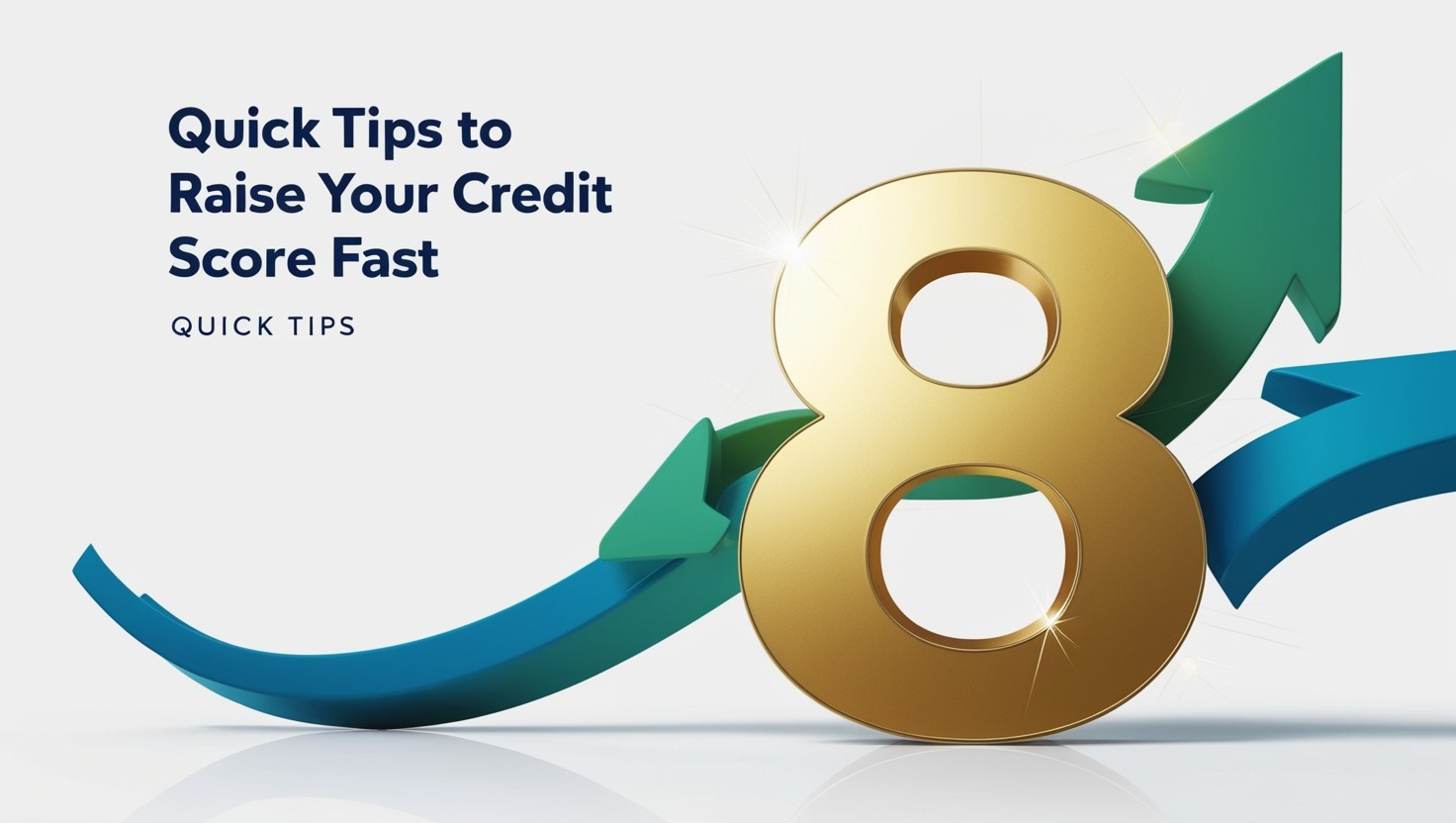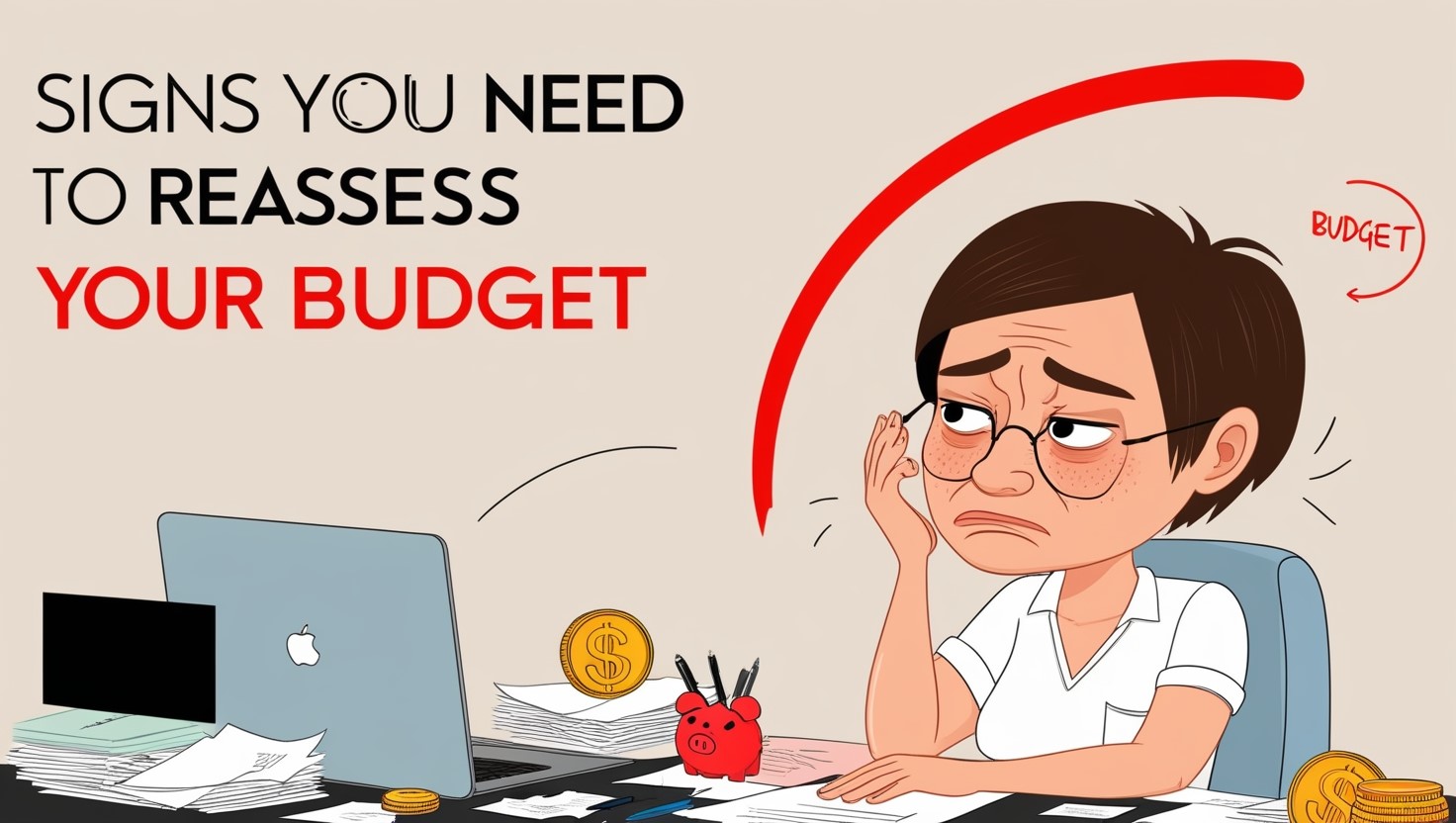You’ve likely heard that creating a debt repayment plan is a surefire way to get your finances back on track. But is that really true? For many people, taking control of their debt has been a game-changer, allowing them to free up more money in their budget and reduce stress. If you’re struggling to make ends meet and want to start paying off your debt once and for all, setting up a plan is a great place to start. But what does that process actually look like, and how can you make sure you’re doing it right?
Step 1: Assess Your Financial Situation
Take a close look at your financial situation by gathering all relevant documents, including bills, loan statements, credit card balances, and pay stubs. This information will give you a clear picture of your income, expenses, and debts.
Start by organizing your documents into categories, such as housing costs, transportation expenses, and debt payments. Make sure to include any recurring payments, like subscription services and utility bills.
Next, calculate your total monthly income and expenses. This will help you identify areas where you can cut back on non-essential spending.
You should also determine how much of your income is going towards debt payments each month. Consider using a budgeting spreadsheet or mobile app to track your expenses and stay organized.
Step 2: Prioritize Your Debts
With your financial situation assessed, it’s now time to focus on prioritizing your debts. This involves sorting your debts into an order that makes the most sense for your financial situation.
Consider the urgency and severity of each debt to decide which ones to tackle first. Prioritize debts with high interest rates, such as credit cards, as these can quickly spiral out of control. You should also focus on debts with looming deadlines, such as overdue bills, or those with severe consequences for non-payment, like tax debts or court-ordered payments.
Next, look at the balance and minimum payment requirements for each debt. Debts with smaller balances and lower minimum payments might be easier to pay off first, giving you a sense of accomplishment and momentum.
Alternatively, you could focus on the debts with the highest balances, making the most progress toward becoming debt-free. Consider your individual situation and goals to determine the best approach for prioritizing your debts. This will help you create a clear plan for tackling your debt.
Step 3: Create a Repayment Plan
You’ve sorted your debts and have a clear understanding of what needs to be paid off. Now it’s time to create a repayment plan. Start by setting specific goals for each debt, including the amount you want to pay each month and the date you want to pay it off by.
Consider using the debt snowball method, where you pay off debts with the smallest balances first, or the debt avalanche method, where you pay off debts with the highest interest rates first.
Next, calculate how much you can realistically afford to pay each month. Make sure to include all necessary expenses, such as rent/mortgage, utilities, and food.
You should also consider setting aside a small emergency fund to avoid going further into debt when unexpected expenses arise.
When creating your plan, consider using a budgeting app or spreadsheet to track your progress and stay organized.
You can also set up automatic payments to ensure you never miss a payment.
By creating a clear and achievable plan, you’ll be on your way to becoming debt-free.
Your plan should be tailored to your specific financial situation and goals.
Step 4: Adjust Your Spending Habits
A realistic debt repayment plan is only half the battle – making adjustments to your spending habits is crucial to staying on track.
To make these adjustments, you’ll need to identify areas where you can cut back on unnecessary expenses. Start by tracking your daily expenses to see where your money is going.
This will help you pinpoint wasteful spending habits, such as dining out too frequently or subscribing to services you don’t use.
Once you’ve identified these areas, make a plan to cut back.
Consider ways to reduce your expenses, such as cooking at home instead of eating out or canceling subscription services.
You can also look for ways to save money on essential expenses, such as groceries and household items.
Step 5: Monitor Your Progress
Tracking your progress is key to staying on track with your debt repayment plan. You’ve made significant adjustments to your spending habits, and now it’s time to monitor how these changes are impacting your debt.
Set up a system to track your progress, such as a spreadsheet or a debt repayment app. This will allow you to see how much you’ve paid off and how much you still owe.
Make a habit of regularly reviewing your progress, ideally once a month. Check if you’re meeting your repayment goals and if you need to make any adjustments.
You may need to cut back on expenses or find ways to increase your income to stay on track. Be honest with yourself about any setbacks or challenges you’re facing, and make a plan to overcome them.
Keep your records up to date and accurate, and don’t be afraid to celebrate your successes along the way. Seeing your progress can be a powerful motivator to keep you moving forward and help you stay committed to your debt repayment plan.
Step 6: Seek Professional Help if Needed
Step 6: Seek Professional Help if Needed
If debt repayment becomes overwhelming, don’t hesitate to seek professional help. It’s essential to acknowledge your limits and ask for assistance when you need it.
You can start by consulting a credit counselor or a financial advisor who can assess your situation and provide personalized guidance. They can help you identify areas where you can improve your debt repayment plan and offer resources to get you back on track.
Non-profit credit counseling agencies, like the National Foundation for Credit Counseling, offer free or low-cost services to help you manage your debt.
You can also consider working with a debt management company, but be cautious of fees and ensure they’re reputable.
Conclusion
By following these 6 steps, you’ll be on track to paying off your debt and achieving financial stability. According to a Federal Reserve report, about 77 million Americans have debt in collections, making it crucial to take control of your finances. Sticking to your debt repayment plan requires discipline, but with persistence and patience, you can overcome debt and start building a brighter financial future for yourself.



